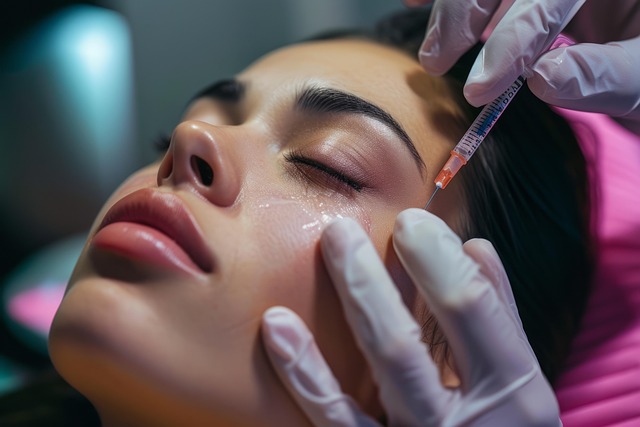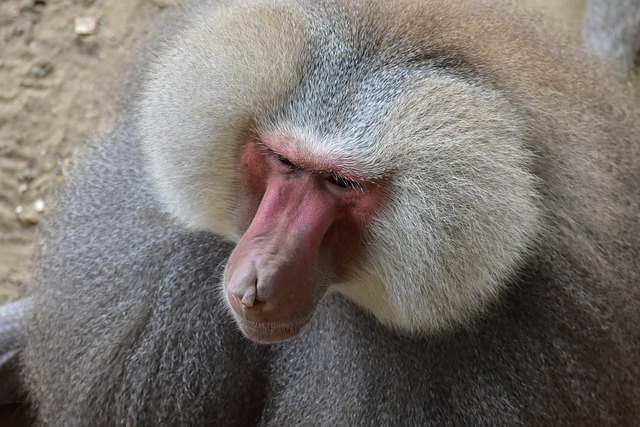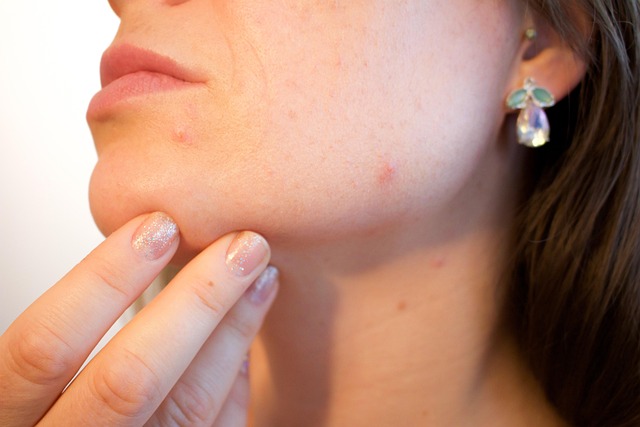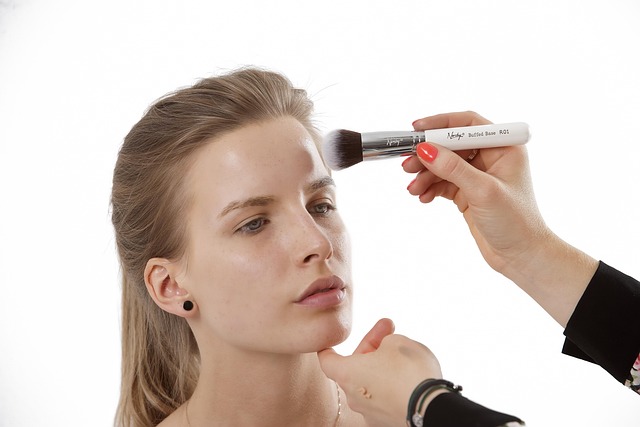Botox for facial contouring is a popular non-surgical option derived from bacteria that temporarily paralyzes muscles, reducing wrinkles and smoothing skin. Effective for double chins and uneven jawlines, it offers a minimally invasive way to enhance features, gain confidence, and achieve a youthful look without surgery downtime. With immediate results and minimal risks when administered by a qualified professional, Botox contouring shapes facial features, defines jawlines, and softens fine lines, making it a game-changer in cosmetic treatments.
“Consider enhancing your facial contours with Botox for chin and jawline definition. This non-invasive procedure offers a natural approach to shaping, providing a more balanced and youthful appearance. In this comprehensive guide, we explore the science behind Botox’s muscle relaxation effect on the face, focusing on specific treatments for the chin and jawline.
From understanding the process to navigating risks and finding professionals, discover the benefits of Botox for facial contouring and take the first step towards achieving your desired look.”
Understanding Botox: A Natural Approach to Facial Contouring

Botox, a natural protein derived from bacteria, has become a popular choice for those seeking non-surgical facial contouring. When injected into specific muscles, it temporarily paralyzes them, leading to a reduction in dynamic wrinkling and a smoothing effect on the skin’s surface. This procedure is particularly effective for addressing concerns related to the chin and jawline, such as a double chin or an uneven jawline.
For Botox to be used effectively for facial contouring, it requires skilled administration by a qualified professional. It offers a minimally invasive approach that can enhance one’s natural features without drastic changes. This method is ideal for individuals looking to refine their facial structure, gain confidence in their appearance, and achieve a more balanced, youthful look—all without the downtime associated with surgery.
The Science Behind Botox's Effect on Muscles

Botox, a protein derived from bacteria, has revolutionized facial contouring due to its ability to temporarily paralyze muscles. When injected into specific areas like the chin and jawline, Botox blocks nerve signals that stimulate muscle contraction. This disruption prevents overactive muscles from causing unwanted wrinkles and defining features. Over time, the treated muscles weaken, leading to a smoother, more contoured appearance.
This procedure is particularly effective for facial contouring as it allows precise targeting of problem areas. In the case of botox for chin and jawline, it can help minimize dimples, reduce the appearance of jowls, and define the jawline. The science behind its effects on muscles ensures a safe and non-invasive approach to achieving desired facial aesthetics without surgery.
Targeting the Chin and Jawline: Specific Areas for Treatment

When considering Botox for facial contouring, the chin and jawline are particularly targeted areas due to their significant impact on overall facial aesthetics. These regions play a crucial role in defining one’s profile and can influence how the face appears from various angles. Through strategic injections, Botox can effectively reduce the appearance of a double chin or protruding jawline, enhancing facial balance.
The treatment involves carefully selecting specific muscle groups along the chin and jaw for injection. This precise approach aims to relax overactive muscles, which in turn minimizes unwanted tension and smooths out skin imperfections. As a result, patients often achieve a more chiseled jawline and a refined neck appearance, enhancing their overall facial contouring.
Benefits of Botox for Shaping Your Face

Botox has emerged as a popular and effective non-surgical procedure for facial contouring, offering significant advantages in shaping your face and enhancing your overall appearance. One of its key benefits is the ability to relax specific muscle groups, particularly those around the chin and jawline, which are responsible for creating unwanted tension and lines. By injecting Botox into these areas, practitioners can soften the look of a double chin and define the jawline, providing a more balanced and sculpted facial profile.
This innovative treatment also addresses dynamic fine lines and wrinkles that form over time due to frequent muscle contractions. The toxic substance temporarily paralyses the muscles, preventing them from pulling on the skin, thus reducing the depth of wrinkles and creating a smoother, more youthful complexion. As a result, Botox for facial contouring can provide immediate results, allowing individuals to achieve their desired face shape without the need for extensive surgery or downtime.
What to Expect During a Botox Procedure

During a Botox procedure for facial contouring, a healthcare professional will begin by cleaning and preparing the treatment area. They may use a topical anesthetic to numb the skin, making the experience more comfortable for the patient. Once the area is ready, fine needles are used to inject small amounts of botulinum toxin into specific muscles along the chin and jawline. The process is usually quick, taking only 15-30 minutes, and many people choose to return to their daily activities immediately afterward.
After the injections, it’s common to experience mild redness or swelling in the treated areas, but these typically subside within a few hours to a day. It’s important to follow your provider’s aftercare instructions, which may include avoiding strenuous activity and certain medications that can increase bleeding risk. The effects of Botox for facial contouring usually start to appear within 2-4 days, reaching their full potential around 2 weeks after treatment.
Potential Risks and Side Effects: Being Informed

When considering Botox for facial contouring, it’s crucial to be fully informed about potential risks and side effects. While Botox is generally safe when administered by a qualified medical professional, there are some drawbacks to be aware of. Temporary muscle weakness or paralysis is a common side effect, particularly around the mouth and eyes, which can impact facial expressions and chewing ability. In rare cases, this can lead to asymmetry or an uneven appearance, requiring additional treatments for correction.
Other possible risks include bruising, swelling, headaches, and mild discomfort at the injection site. There’s also a small chance of systemic reactions, though these are typically rare. It’s important to discuss these potential outcomes openly with your provider before proceeding with any Botox treatment for facial contouring. Understanding the risks allows you to make an informed decision about whether the benefits outweigh the possibilities of adverse reactions.
Finding a Professional: Choosing the Right Practitioner

When considering Botox for facial contouring, particularly on the chin and jawline, finding the right professional is paramount to achieving desired results. It’s essential to select a board-certified dermatologist or plastic surgeon with extensive experience in cosmetic procedures, specifically Botox injections. Look for practitioners who have a proven track record of success and can provide before-and-after examples that align with your aesthetic goals.
Reputation matters; seek recommendations from trusted sources, such as friends or family members who have undergone similar treatments. Online reviews can also offer valuable insights into the practitioner’s skills, bedside manner, and overall patient satisfaction. Remember, a skilled provider should take the time to understand your desires, address any concerns, and tailor the procedure to your unique facial structure and needs.
